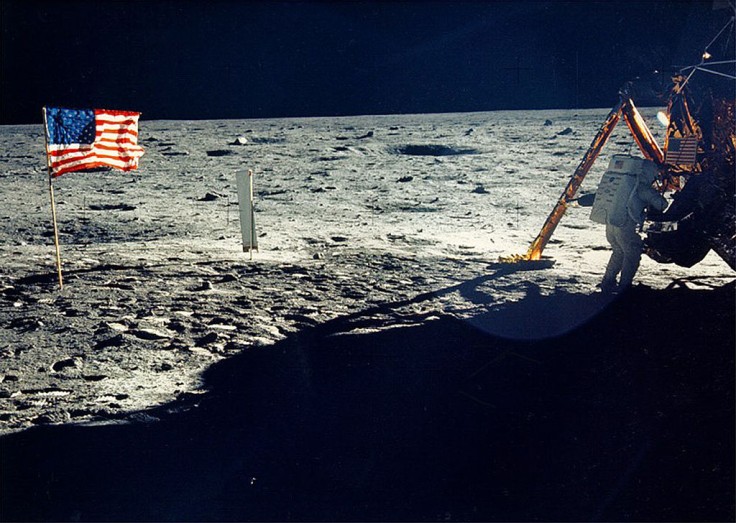
NASA wants to take human space exploration to the next level, and its first mission is the return to the Moon. NASA is preparing its Volatiles Investigating Polar Exploration Rover (VIPER) to map and explore the region's surface. VIPER could potentially discover ice and other interesting resources inside the Moon's permanently shadowed areas.
Is there water in the Moon? NASA aims to answer that question by 2023 with the help of its Artemis Lunar Robotic Rover VIPER. Aside from resource-mapping Moon's surface, the rover would collect soil samples and test Earth-to-Moon communications of the area in real time.
What Is VIPER? The NASA Moon Mission Lander
According to NASA, VIPER is a mobile robot developed to explore the Moon's South Pole. VIPER would get close-up views on the location in hopes of finding water, ice, or eventual proof that could sustain human exploration on the area.
Note, however, that the Moon's South Pole is one of the coldest areas in the whole solar system. Research available on the area is limited only to NASA's Lunar Reconnaissance Orbiter, Lunar Crater Observation and Sensing Satellite.
VIPER's potential discoveries make scientists and researchers excited for its deployment.
NASA VIPER Mission and Challenges
Data from previous researches led scientists to believe that ice and other potential resources exist inside the permanently shadowed areas of the Moon. In a NASA press release Thomas Zurbuchen, associate administrator for science at NASA Headquarters, said, "Once on the lunar surface, VIPER will provide ground truth measurements for the presence of water and other resources at the Moon's South Pole, and the areas surrounding Nobile Crater showed the most promise in this scientific pursuit."
Further analysis of data samples received will help scientists understand the Moon's cosmic origin, evolution and history. This information should prove helpful to future astronauts heading for the Moon.
Daniel Andrews, VIPER project manager, also pointed out how important it is for them to select a landing site for VIPER. He added in the same NASA report: "Years of study have gone into evaluating the polar region VIPER will explore. VIPER is going into uncharted territory-informed by science-to test hypotheses and reveal critical information for future human space exploration."
The team decided the Nobile Crater would be the best landing spot for VIPER. The impact crater gives the rover some space to use its solar panels to charge and stay warm during its 100-day journey.
The VIPER exploration should cover 36 square miles of surface area. Scientists carefully planned VIPER's trajectory to cover six sites of scientific interest and a wide array of the lunar environment.
NASA Moon Landing: VIPER Heads for the Moon
NASA said VIPER would launch on a SpaceX Falcon-Heavy rocket towards the Moon. During deployment, Viper would board an Astrobotic's Griffin lander under NASA's Commercial Lunar Payload Services initiative. No official date or schedule for the mission has been provided.
NASA's Ames Research Center explains more about VIPER's space mission in the short video embedded below:
Related Article: NASA Hubble Images Reveal Final Moments of Dying Star in Rare Event [PHOTOS]









